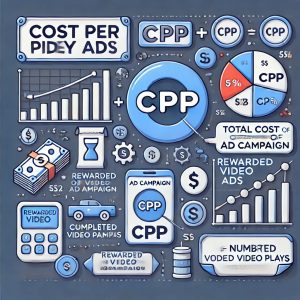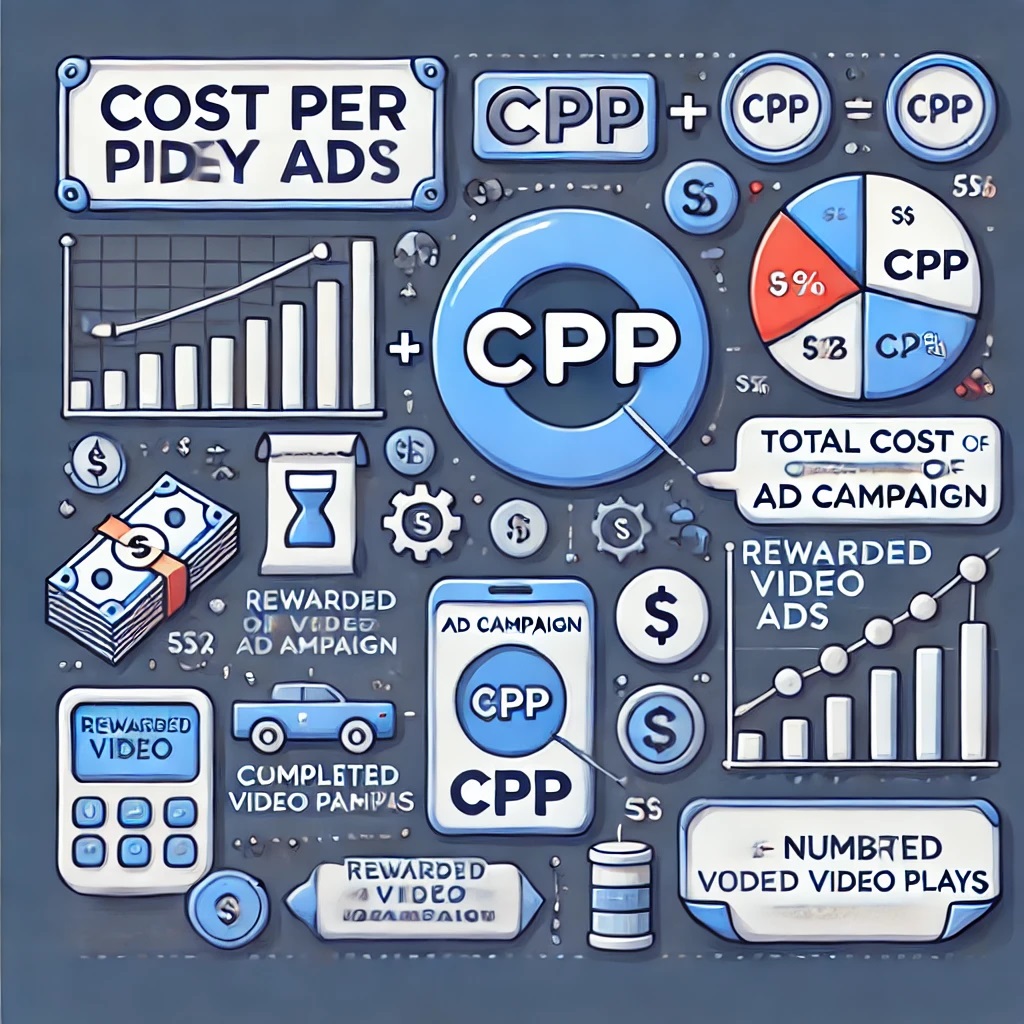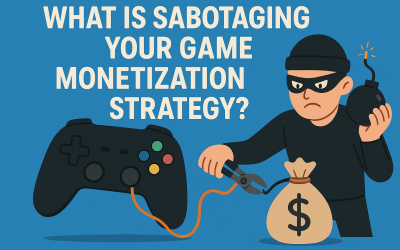Cost Per Play for Rewarded Video Ads: A Comprehensive Guide
In the rapidly evolving world of digital advertising, understanding key metrics is crucial for maximizing revenue and ensuring effective ad campaigns. One such essential metric is the Cost Per Play (CPP). For developers and advertisers, especially those involved in mobile game and web monetization, grasping the nuances of CPP can make a significant difference in optimizing ad strategies and boosting overall earnings.
Contents
Cost Per Play – Overview
Definition of CPP and Its Role in Monetization Strategy
CPP is the cost incurred by an advertiser each time a user engages with a rewarded video ad. This metric is crucial for assessing the effectiveness of ad campaigns. Unlike CPM (Cost Per Mille), which focuses on impressions, or CPC (Cost Per Click), which tracks clicks, CPP centers on actual engagement—when users watch the video ad entirely to earn their reward. This metric provides a clearer picture of the ad’s effectiveness in capturing user attention and delivering value.
Difference Between CPP and Other Metrics Like CPM and eCPM
CPP differs from CPM and eCPM in that it measures the cost per complete play rather than per thousand impressions (CPM) or the effective cost per thousand impressions (eCPM). While CPM and eCPM are useful for understanding the cost and value of ad impressions, CPP focuses on actual user engagement, making it a more accurate indicator of an ad’s impact and effectiveness.
Components of CPP Calculation
Several factors influence CPP, including the ad format, targeting, placement, and user engagement. The quality of the ad content and its relevance to the audience also play significant roles. High-quality, engaging ads that resonate with users are likely to have a lower CPP.
Impressions and clicks are initial indicators of ad performance, but they don’t provide the full picture. Conversions, or completed video plays, are what ultimately matter for CPP. Advertisers pay for the actual engagement, so understanding how many impressions and clicks lead to conversions is crucial for calculating and optimizing CPP.
Formula for Calculating CPP
Practical Examples with Real Numbers

For instance, if an ad campaign costs $5,000 and results in 1,000 completed video plays, the CPP

Why we need to Understand CPP in Ad Monetization
The digital advertising ecosystem is driven by various metrics that provide insights into the performance and efficiency of ad campaigns. Among these, CPP stands out as a critical measure, particularly for rewarded video ads. Rewarded video ads are increasingly popular due to their non-intrusive nature and high engagement rates. They offer users incentives, such as in-game rewards or premium content access, in exchange for watching ads. This mutually beneficial approach enhances user experience while driving ad revenue.
CPP, or Cost Per Play, is a metric that quantifies the expense associated with each completed engagement with a rewarded video ad. In simpler terms, it’s the amount an advertiser pays whenever a user fully views a video ad. The calculation is straightforward: divide the total cost of the ad campaign by the number of completed video plays.
Optimizing CPP for Better Revenue
Strategies to Reduce CPP and Improve Profitability
- Targeting the Right Audience: Ensure that ads are shown to users who are most likely to engage with them. Refined targeting reduces wasted impressions and improves engagement rates.
- Enhancing Ad Quality: Invest in high-quality ad creatives that capture attention and encourage users to watch till the end.
- A/B Testing: Continuously test different ad variants to identify the most effective ones. A/B testing helps in understanding what resonates best with the audience.
Best Practices for Increasing the Effectiveness of Rewarded Video Ads
- Incentivizing Users: Offer valuable rewards that motivate users to watch the entire ad.
- Optimizing Ad Placement: Place ads at natural breaks in the user experience to avoid disruption and enhance engagement.
- Monitoring Performance: Regularly review ad performance metrics and adjust strategies based on data-driven insights.
Understanding and optimizing CPP is essential for developers and advertisers aiming to enhance their ad monetization strategies. By focusing on this metric, they can ensure that their campaigns are cost-effective, engaging, and ultimately more profitable.
As the digital advertising landscape continues to evolve, mastering CPP will remain a crucial component of successful ad monetization. By prioritizing user engagement and optimizing ad performance, developers and advertisers can achieve better ROI and drive sustainable revenue growth.
About AppLixir Rewarded Video Ad
AppLixir is a leading provider of rewarded video ad solutions, designed to enhance user experience while maximizing ad revenue for developers and advertisers. Our platform offers seamless integration with web and mobile applications, allowing users to earn rewards in exchange for watching video ads. This approach not only boosts user engagement but also drives higher ad revenue through effective and non-intrusive advertising.
AppLixir Rewarded Video Ads:
- Seamless Integration: AppLixir’s SDKs are easy to integrate into your apps and websites, ensuring a smooth setup process and quick implementation.
- High-Quality Ad Content: We partner with top-tier advertisers to provide engaging and relevant video ads that resonate with your audience, enhancing the overall user experience.
- User-Centric Approach: Our rewarded video ads are designed to offer valuable incentives to users, such as in-game currency or premium content, encouraging higher engagement and satisfaction.
- Advanced Analytics: AppLixir provides detailed analytics and reporting tools, allowing you to track ad performance, optimize campaigns, and maximize ROI effectively.
- Flexible Monetization Options: Our platform supports various monetization strategies, giving you the flexibility to choose the best approach for your app or website.
By choosing AppLixir for your rewarded video ad needs, you can leverage a proven solution that balances user satisfaction with revenue generation, helping you achieve your monetization goals efficiently and effectively.



